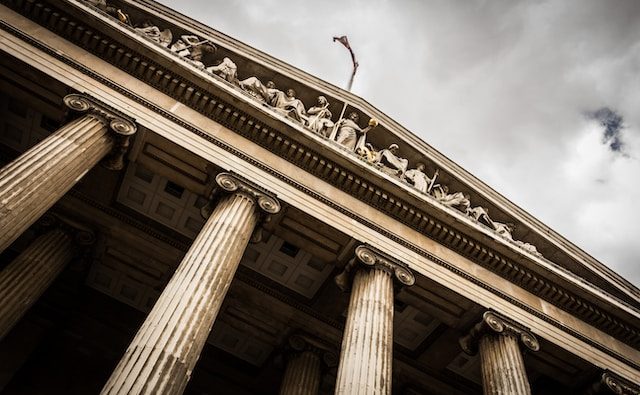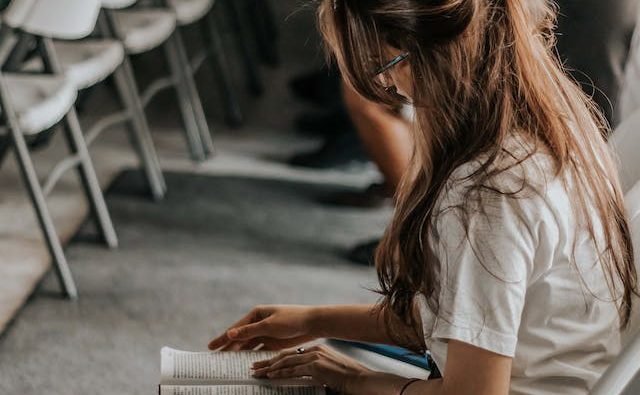
Introduction:
Art has the power to inspire, educate, and bring people together. However, not everyone has equal access to art and cultural experiences. In our community, it is crucial to break down barriers and make art available to all. By doing so, we can foster inclusivity, creativity, and a sense of belonging. In this article, we will explore various ways to make art accessible to everyone in our community.
1. Affordable Art Programs:
One of the main barriers to accessing art is the cost associated with it. Many individuals and families may not have the financial means to participate in art classes or visit museums. To address this issue, community organizations and art institutions can offer affordable or subsidized art programs. These programs can include workshops, classes, and exhibitions that are accessible to people of all income levels.
2. Outreach Programs:
Another effective way to make art available to all is through outreach programs. These programs aim to bring art directly to underserved communities, such as low-income neighborhoods, schools, and senior centers. By partnering with local organizations, artists and art institutions can organize workshops, performances, and exhibitions in these communities. This not only provides access to art but also creates opportunities for community engagement and cultural exchange.
3. Accessible Art Spaces:
Physical accessibility is a crucial aspect of making art available to all. Art galleries, museums, and performance venues should ensure that their spaces are accessible to individuals with disabilities. This includes providing ramps, elevators, and accessible restrooms. Additionally, providing audio descriptions, tactile exhibits, and sign language interpreters can enhance the experience for individuals with visual or hearing impairments.
4. Digital Art Platforms:
In today’s digital age, technology can play a significant role in making art accessible. Online platforms and virtual exhibitions allow people to explore and engage with art from the comfort of their homes. These platforms can provide audio descriptions, closed captions, and alternative formats for individuals with disabilities. Moreover, digital art platforms can reach a wider audience, including those who may face geographical or mobility barriers.
5. Art Education in Schools:
Art education is a fundamental component of a well-rounded education. However, budget cuts and curriculum constraints often limit access to art education in schools. To address this, schools and policymakers should prioritize and invest in comprehensive art education programs. By integrating art into the curriculum, students can develop their creativity, critical thinking, and cultural awareness.
Conclusion:
Breaking down barriers to access is essential for making art available to all in our community. By implementing affordable art programs, outreach initiatives, accessible spaces, digital platforms, and prioritizing art education in schools, we can create a more inclusive and vibrant artistic community. Art has the power to transform lives, and by ensuring equal access, we can enrich the lives of individuals from all walks of life. Let us work together to make art a truly universal experience in our community.










